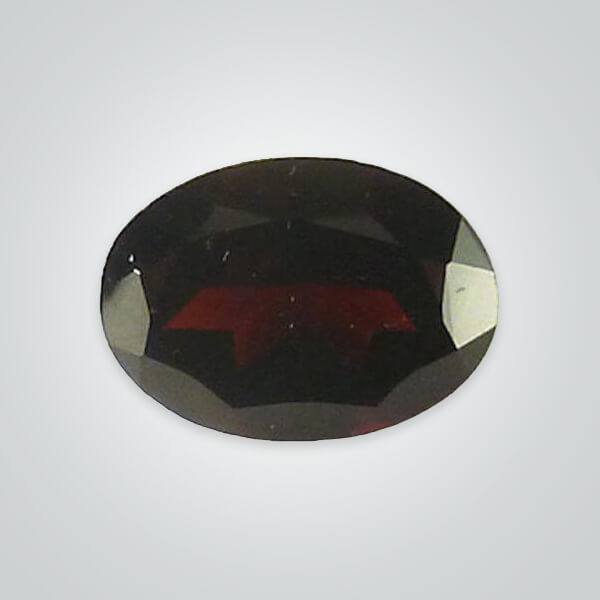Lab Created Bello Opal

Lab Created Bello Opal
Lab Created Bello Opal
Lab-made Bello opals are gemstones made from hydrated borosilicate and is available in different colors. These synthetic gems have similar physical properties, internal structure, appearance, and chemical composition as earth-mined opals.
Lab-made Bello opals may also be stronger than natural gems and possess better hardness or refractive index. These stones usually possess other characteristics that may be unavailable from natural opals.
Many jewelers and buyers prefer lab-created opals, as they are easier to produce, available in many colors, and cheaper.
History of Lab Created Bello Opal
Scientists used an electron microscope to discover lab created opals in the 1960s. The color-of-play potential of these gems were possible to identify and improve through this discovery, creating an avenue to mass-produce these gemstones.
However, lab-made Bello opals are recent and feature some components unavailable in regular gemstones.
How are Lab Created Bello Opals Made?
Lab-made Bello opals form after precipitating silica, allowing it to settle and align, and then fill them with a binder. The binder hardens and forms a structure that can diffract light. Kyocera produces Bello opals to be much harder than natural or other synthetic variants.
Lab created Bello opals are hard to produce and may take 12 months or more to form properly.
Uses of Lab Created Bello Opal
Adornments
Lab-created Bello opals are great as adornments on jewelry. Some jewelers fit opal stones on many precious metals for an extra decorative effect and beautiful appearance.
However, opals as adornments can work for other purposes.
Craftspeople can work Bello opals into different shapes and sizes, so it’s easy to place these gemstones on many objects. Designers now use opals as detailing on vases, musical instruments, art pieces, and many other objects.
Exhibition gemstones
Fine Bello opal gemstones usually feature at art exhibitions. The stones have a beautiful appearance and are useful as decorative detail on many glass-based art pieces. The low price and color range of lab-made Bello opals make them a preferred option to create art. Opals can also feature as loose gemstones at special exhibitions for precious stones.
Luxury glasswork detail
Decorative ceilings, windows, and other glass-made fittings usually feature opals in their designs. Many beautiful cathedral windows and dome pieces you see have opals as a major part of their art.
Fast-dry gel
Kyocera adds Bello opal particles to gels, ensuring fingernail polish and other decorative paint gets that unique appearance.
Chemical Properties of Lab Created Bello Opal
- Composition: 85-80% SiO2 + 15-20% Resin
- Density: 1.90 – 2.2 g/cm3
- Fracture: Irregular, fine pattern with multidirectional swirling
- Hardness (Mohs’ Scale): 5.5 – 6
- Heat Resistance: 900°C
- Porosity: None
- Refractive Index: 1.49 – 1.50
- Specific Gravity: 1.3 – 2.05 g/cm3
Maintenance Tips for Lab Created Bello Opal
You can maintain your lab-created Bello opals by:
- Wiping it with a soft, damp cotton cloth and allow it to air dry
- Rubbing its surface with a dry, soft cotton cloth to retain its shine
- Cleaning the gemstones with a baking soda and white vinegar mix
- Storing the crystals in an airtight, cushioned container
Avoid using harsh chemicals on your lab-made Bello opals. Some elements in jewelry cleaners might weaken the polymer resin used to hold lab-made Bello opals together.





